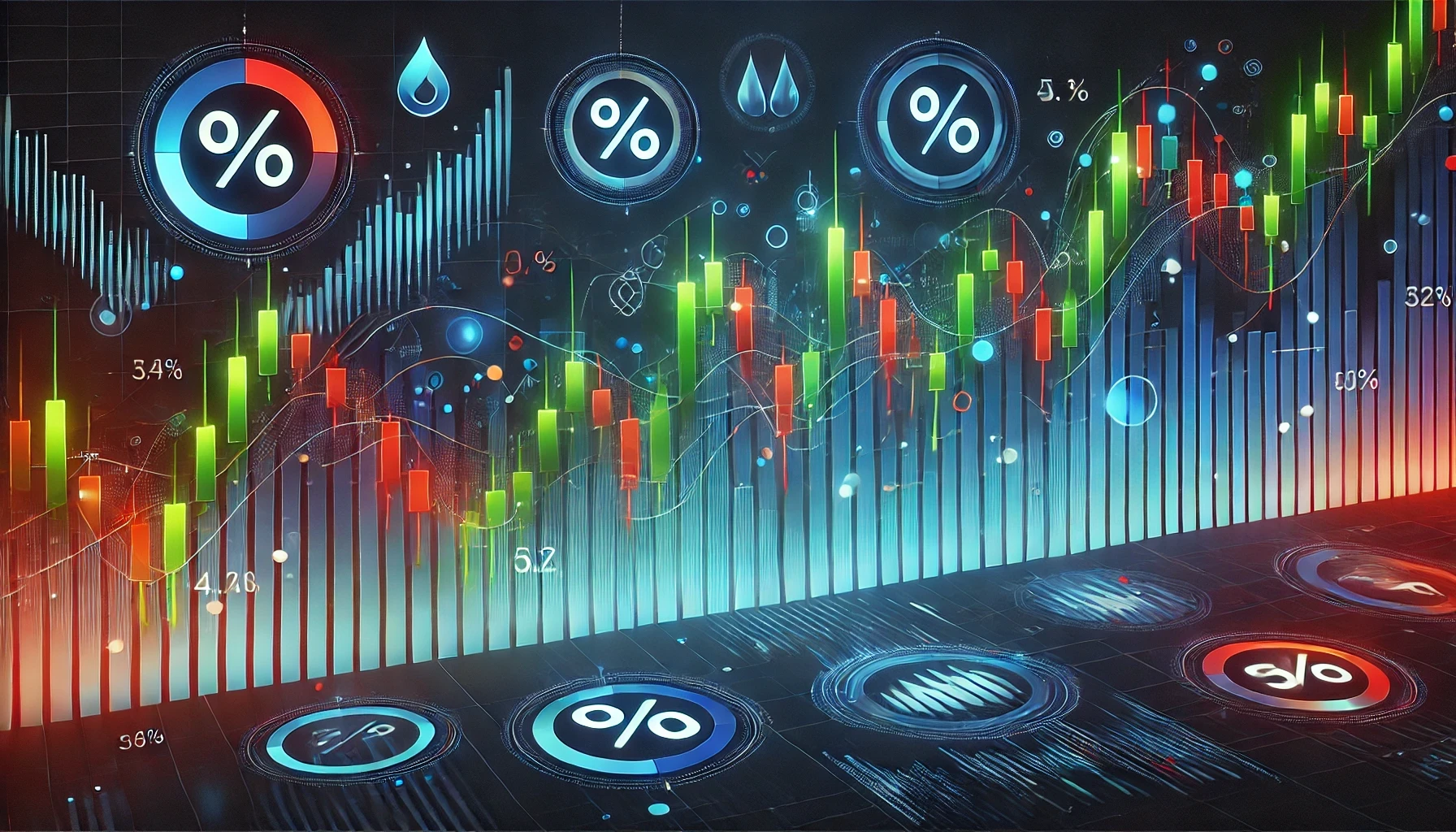1. What Are Trading Fees?
Trading fees are charges imposed by brokers, exchanges, or financial platforms for executing trades on your behalf. These fees can vary based on the type of trade, the platform you use, and your trading volume.
Types of Trading Fees:
Transaction Fees: Charged for buying or selling assets.
Spread: The difference between the buy and sell price of an asset.
Withdrawal Fees: Fees for transferring funds from the platform to your personal account.
2. Key Types of Trading Fees
A. Transaction Fees
Transaction fees are the most common and straightforward. Platforms often charge a percentage of the trade’s total value or a flat rate.
Maker vs. Taker Fees:
Maker Fee: Charged for placing an order that adds liquidity to the market (e.g., a limit order).
Taker Fee: Charged for executing an order that removes liquidity (e.g., a market order).
Example:
A platform charges a maker fee of 0.1% and a taker fee of 0.2%.
If you execute a $1,000 market order, you’ll pay $2 (0.2% of $1,000).
B. Spread
The spread is the difference between the highest price a buyer is willing to pay (bid) and the lowest price a seller is willing to accept (ask).
Why It Matters:
A wide spread can increase your trading costs, especially in less liquid markets.
Example:
Bitcoin’s bid price is $20,000, and the ask price is $20,050.
The spread is $50, meaning you effectively pay more to buy or receive less when selling.
C. Withdrawal Fees
When you move funds from a trading platform to your bank account or wallet, you may incur withdrawal fees.
Flat Fees: Some platforms charge a fixed amount per withdrawal.
Percentage-Based Fees: Others charge a percentage of the withdrawal amount.
Example:
A platform charges $5 per withdrawal or 1%. Withdrawing $1,000 would cost $5 under the flat fee or $10 under the percentage-based fee.
D. Hidden Fees
Not all fees are explicitly listed. Hidden costs can include:
Conversion Fees: Applied when trading in a currency different from your account’s base currency.
Inactivity Fees: Charged if you don’t use your account for a specified period.
3. How to Calculate Your Trading Costs
Step 1: Add up all transaction fees.
Step 2: Include the spread cost if applicable.
Step 3: Factor in withdrawal fees.
Step 4: Account for any hidden fees, like currency conversion.
Example Calculation:
Trade Value: $1,000
Taker Fee: 0.2% ($2)
Spread Cost: $50
Withdrawal Fee: $5
Total Cost: $57
4. Tips to Minimize Trading Fees
Choose the Right Platform
Compare fee structures across platforms.
Opt for platforms with tiered fee systems offering discounts for high-volume trading.
Use Limit Orders
Limit orders often incur lower maker fees compared to market orders.
Trade in Bulk
Combine smaller trades into fewer, larger ones to reduce the impact of flat transaction fees.
Stay Within the Same Currency
Avoid conversion fees by trading assets priced in your account’s base currency.
Check for Promotions
Some platforms waive fees for new users or specific trading pairs during promotional periods.
Monitor Your Activity
Avoid inactivity fees by engaging in small trades or routine account checks.
5. Why Understanding Fees Is Crucial
Over time, trading fees can erode your profits. For frequent traders, even small percentages add up significantly. Understanding and optimizing your fee strategy ensures you retain more of your gains.
Conclusion
Trading fees may seem minor, but they play a significant role in determining your profitability. By understanding how fees work and adopting strategies to minimize them, you can trade more efficiently and keep more of your earnings. Whether you’re a casual trader or a seasoned investor, decoding trading fees is a vital step toward financial success.
